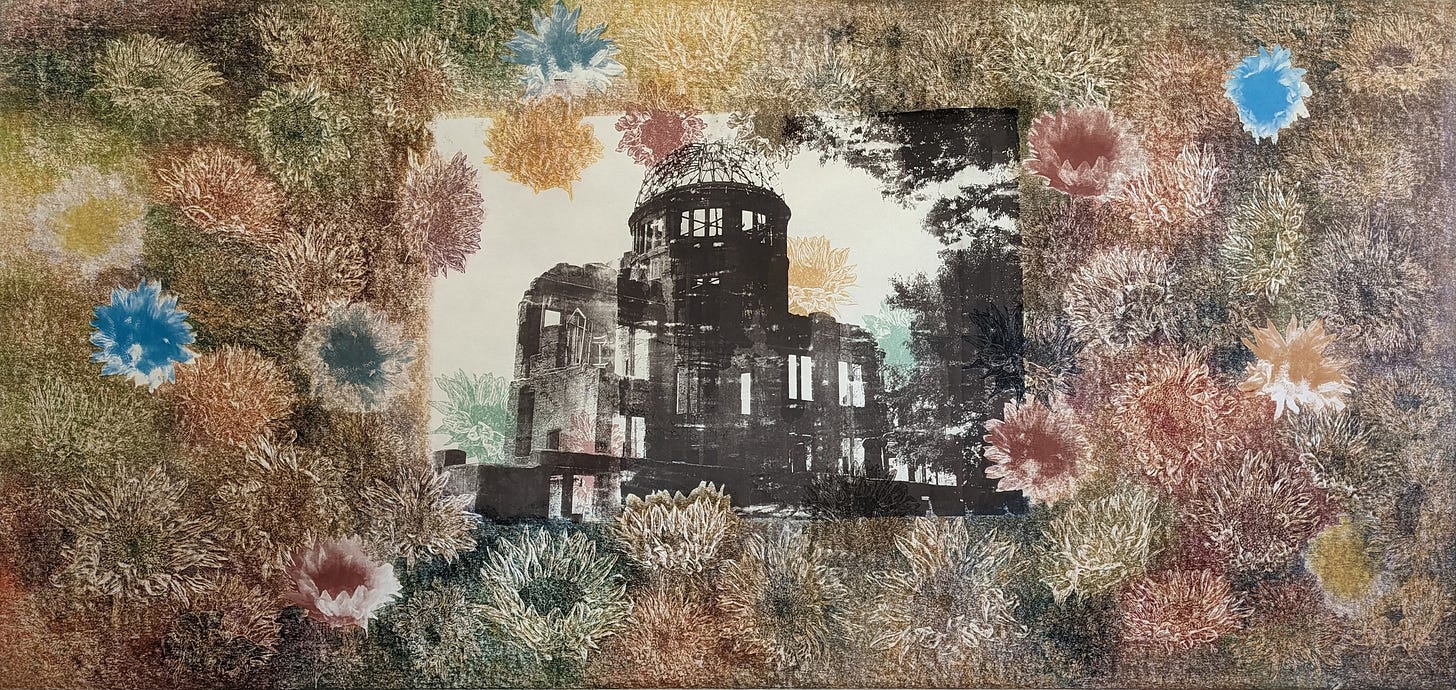The sunflower forest around our building continues to thrive. I did think we had lost one of its inhabitants after a stormy evening when the wind whipped over an unused tomato cage which snagged and toppled a plant, but my worry was premature. For I let it lie where it fell, and rather than wither, it began to bloom.
Knocked over but not knocked out, pushed down but still pushing through — it’s a curious model of persistence and resilience, there on the ground with half its root system exposed for anyone to see.
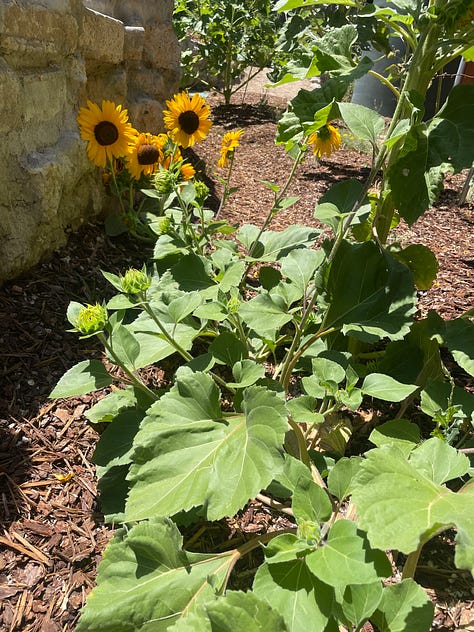
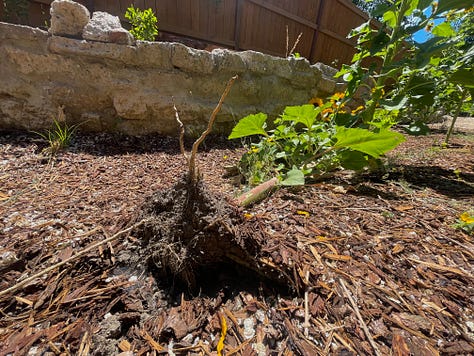
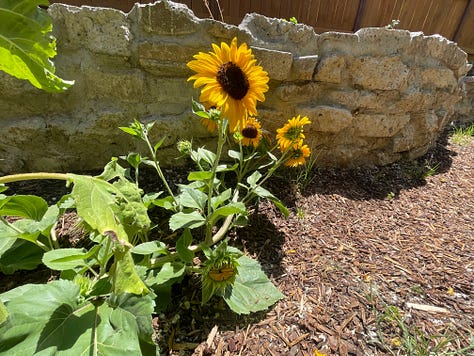
Here’s a fact you may already know about sunflowers but that bears re-sharing: they can help remediate nuclear waste.
I had maybe known this but had forgotten it when writing our sunflower-filled post in June. I was reminded of it during a recent group meeting, one in which we were making preparations for the yearly local event in observance of August 6th, to honor those who died during the bombings of Hiroshima on that date eighty years ago, as well as those in Nagasaki who perished on August 9th. One of the committee members regularly brings sunflowers to set out on the table, and this year I’ll be bringing some of the bounty we have here at the townhomes.
There are sunflower fields near Hiroshima now, planted for their phytoremediation skills and also simply because people have been growing sunflowers in Japan for a very long time. Though we should note that the year after the bombing it wasn’t sunflowers that astonished observers in their surprising reappearance in the charred ground, but first oleanders and then camphor trees, and these have since been adopted as official symbols of the city.
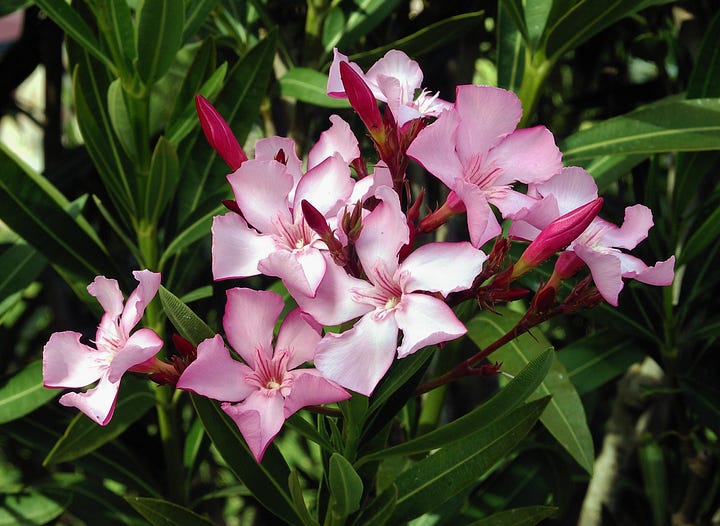
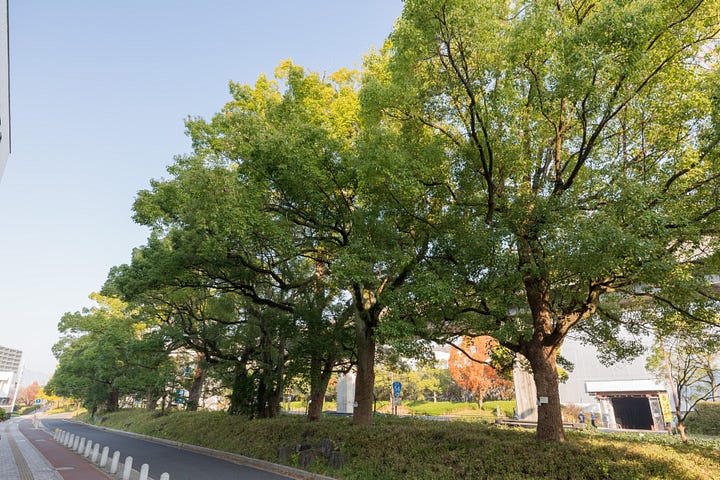
Yet alongside oleander and camphor the connection between sunflowers and Hiroshima continues to grow, as do their connection to other cities impacted by nuclear disasters. The power of sunflowers to draw radioactive materials out of soil — specifically Strontium 90 and Cesium 137 — was well documented after they were planted at Chernobyl in 1994. That same year Ukraine signed a non-proliferation treaty and began transferring the nuclear arsenal inherited from the USSR to Russia while dismantling missiles, silos, and other related infrastructure. Sunflowers would come to symbolize the achievements of these anti-nuclear efforts when seedlings were planted on the site of one of those former missile silos in 1996.
I was curious about this slow accrual of associations and went looking around the internet for more of them. In doing so I came across a number of artists particularly taken with the role that Helianthus annuus L. plays as a hyperaccumulator at the site of nuclear disaster, both what it can do but also what it becomes in the process.
There are the hopeful, like the series Healing Land & Healing Souls from artist Yoshiko Shimano, in which the flowers float around and frame cities in Ukraine and Japan. Iconic buildings etched in black seem to be giving way to a thick carpet of flowers, slowly coming into their full color. Here is the one for Hiroshima:
And then there are the wary, like Ken Ito’s Ravaged Flower of the Future, which looks skeptically at how another scientific manipulation of the natural powers of a living being may turn out. Writes Ito:
“I wonder if in the near future, a scientist will create a sunflower that can consume the radioactive material and can live off the radiation. And if so, it is only natural to think that the post nuclear apocalyptic world will be covered with sunflowers for the next few hundred years. Nothing but sunflowers, blowing radioactive ash in the contaminated wind.”
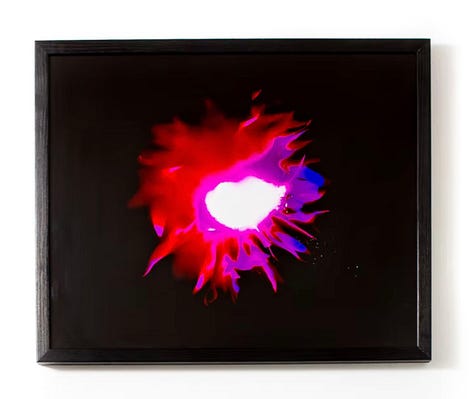
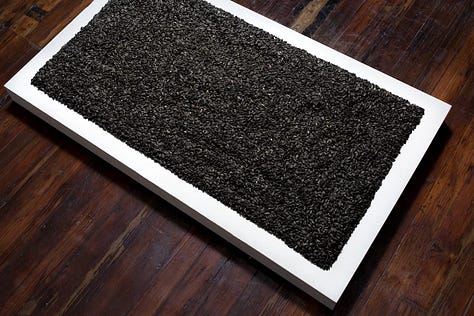
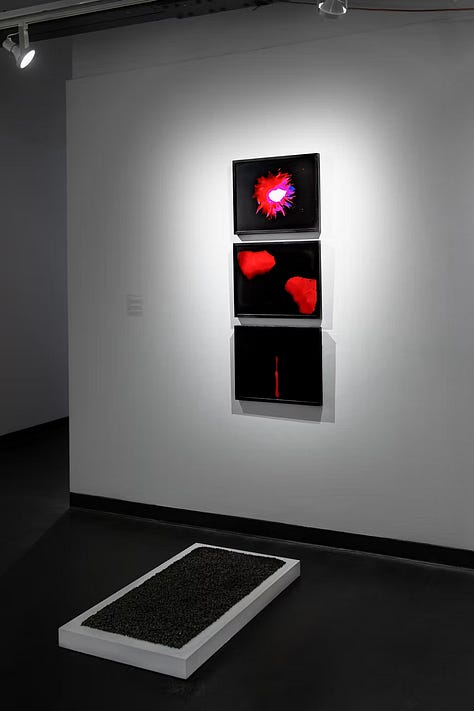
Indeed, not all scientific experiments with sunflowers at disaster sites have gone well, though none have yet aimed in the direction that Ito envisions. But an attempt to use sunflowers for remediation in Fukushima failed spectacularly, and they were not able to duplicate the effects witnessed at Chernobyl.
It turns out that the reason for this — or at least one of the contributing factors — is that they used the wrong cultivar. Sunflowers may be hyperaccumulators, but it turns out they don’t all accumulate the same things. Not all cultivars are suited for all types of phytoremediation.
I might find this to be an even more wonderful bit of knowledge than the original fact that sunflowers have a superpower for taking in toxins and radioactive waste. Turns out plants can be picky about which heavy metals they’re willing to absorb; they have particular tastes when it comes to the distasteful substances they’re willing to tolerate. This recognition that different varieties are drawn to different elements has led to new studies about which might be best suited, for instance, to remediating sites heavily contaminated with lead. (Or, more accurately, which sunflower germplasms are most associated with strong lead uptake; apparently GP.8585, for anyone inclined to get that technical).
What a testament to the need for and power of diversity. The perils of monoculture are many, but here let’s add: it diminishes the array of powerful tools we have to get us out of the truly terrifying jams we humans seem so good at getting ourselves into.
“The sunflowers remind me that we humans are not the only gardeners, not the only agents of beauty,” I wrote in June. “In a mixed-up world with daily doses of human-inflicted terror … we need this reminder that the world gets made by more than human hands.”
How much more potent their symbolism now, only a month later, knowing the towering stalks aren’t just gifting little flashes of happiness but potentially transforming and repairing the soil beneath them.
And so the sunflower forest keeps giving. No doubt other surprise lessons will follow in the future; I’ll be sure to share back as I learn them.
As always, thanks for reading Unsettling.
Until next time,
Meg




